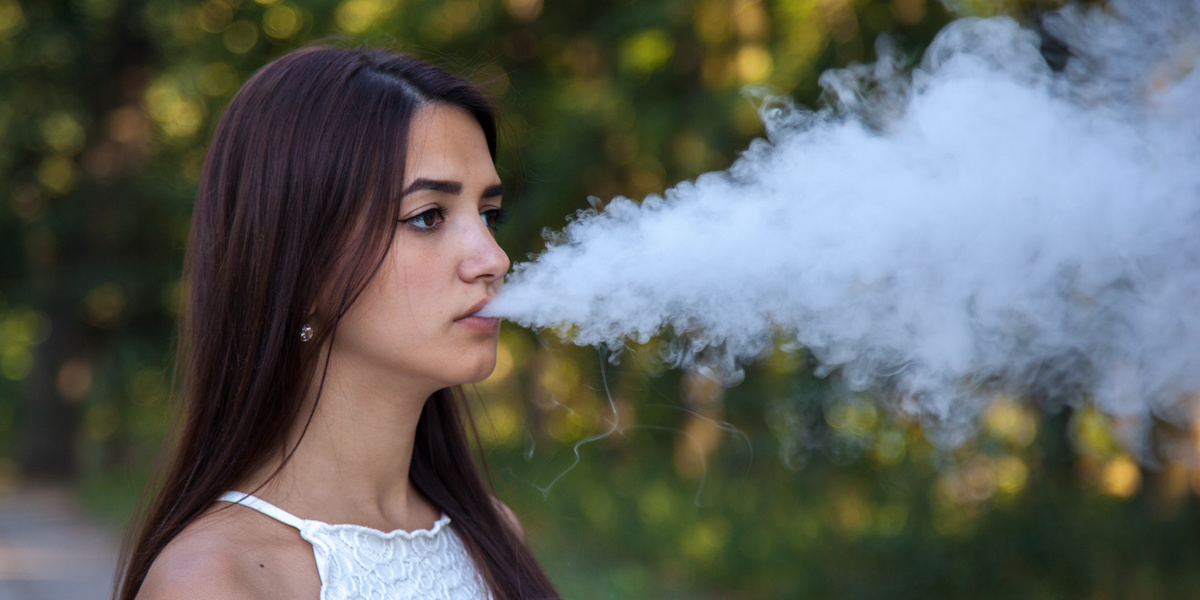
*The following is excerpted from an online article posted on HealthDay.
Many teens and young adults in the United States — particularly women and girls — are physically inactive, a new study reveals.
This is a concern, experts say, because exercise is a component of lifelong good health.
Girls, black people and kids from poorer families are least likely to meet exercise guidelines, according to the report on teens and young adults aged 12 to 29.
“We really need to find ways to keep adolescents physically active and be able to sustain that physical activity into young adulthood,” said lead researcher Dr. Sarah Armstrong.
Exercise is essential for preventing cardiovascular disease and diabetes in adulthood, said Armstrong, an associate professor of pediatrics at Duke University in Durham, N.C.
Armstrong added that attempts to boost physical activity should target young girls and women, especially minorities, and girls and young women living in poverty.
Physical activity is “powerful, inexpensive, vitalizing medicine for us all,” said Dr. David Katz, director of the Yale-Griffin Prevention Research Center in Derby, Conn.
“This paper indicates we have much work to do to get that medicine to go down more often, and more equitably,” added Katz, who wasn’t involved in the study.
For the study, Armstrong and her colleagues analyzed responses of nearly 9,500 teens and young adults who took part in the U.S. National Health and Nutrition Examination Survey from 2007 through 2016.
The participants were asked about their exercise habits. Vigorous exercise involved activities like running or playing basketball continuously for 10 minutes or more. Moderate activity was 10 minutes or more of activities such as brisk walking, bicycling, swimming or volleyball.
Overall, females were less active than males. At the high end, almost 90 percent of white teen boys said they got some physical activity. At the low end, just 45 percent of black women in their late 20s reported any exercise.
For teens, recent guidelines recommend at least 60 minutes of moderate to vigorous activity a day. Adults should get 150 minutes a week of moderate physical activity or 75 minutes a week of vigorous physical activity, or a mix of the two, Armstrong said.
The report was published online June 11 in the journal JAMA Pediatrics.
Source: HealthDay
https://consumer.healthday.com/fitness-information-14/misc-health-news-265/girls-young-women-fall-short-on-exercise-study-734752.html

 E-cigarette and Cannabis Social Media Posts Pose Risks for Teens
E-cigarette and Cannabis Social Media Posts Pose Risks for Teens  What’s Hot? 06/27/25
What’s Hot? 06/27/25  Teen Depression? Study Finds Clues in Screen Use and Sleep Quality
Teen Depression? Study Finds Clues in Screen Use and Sleep Quality